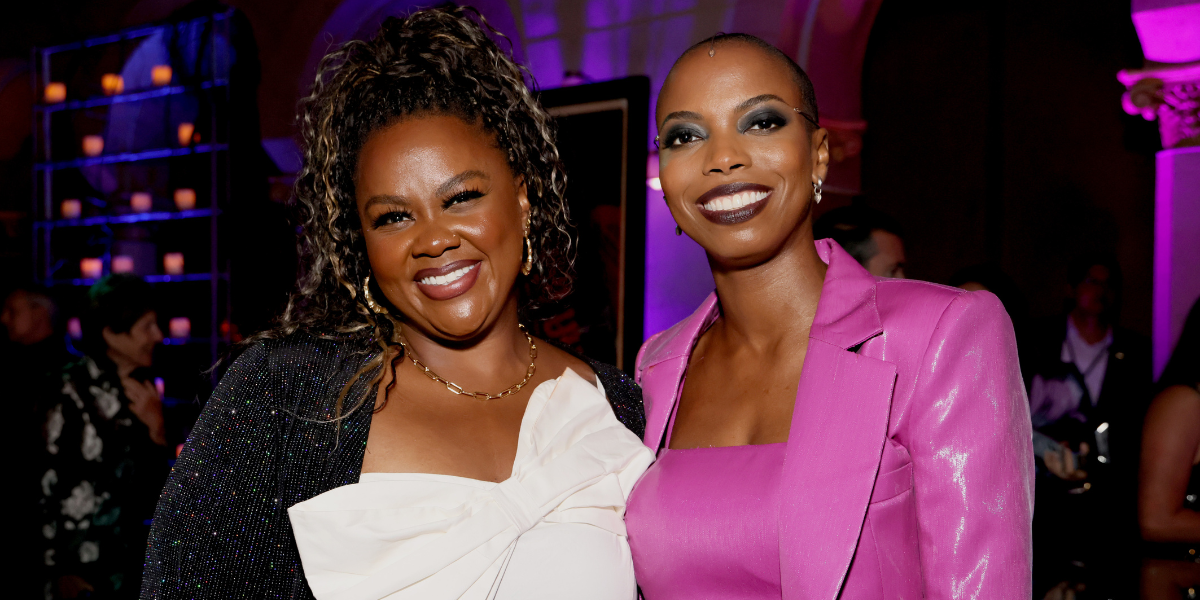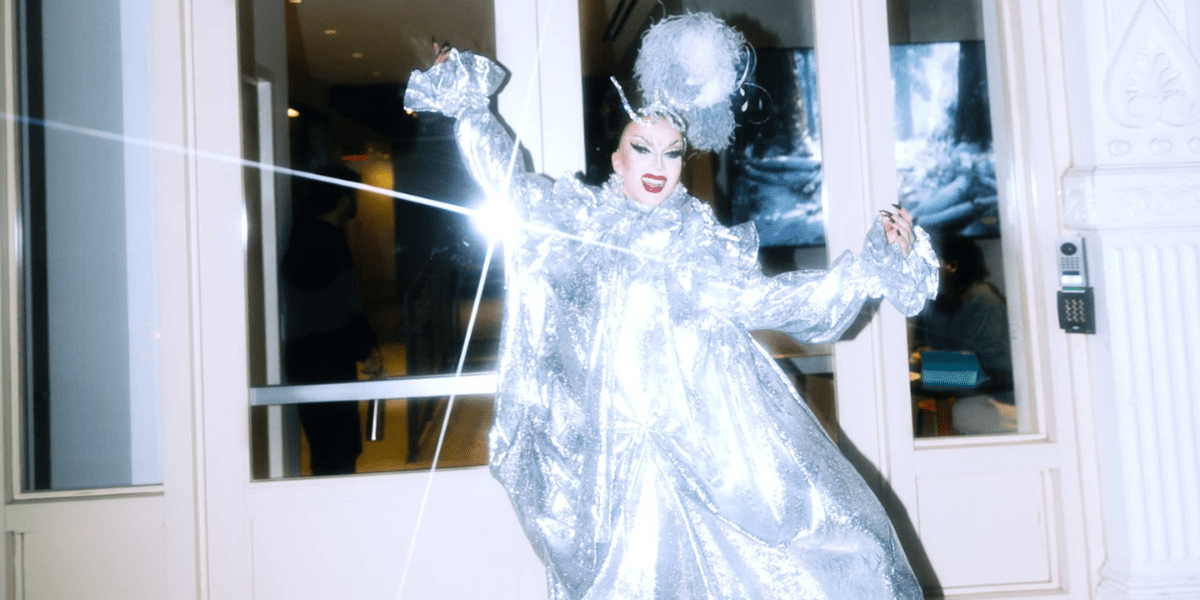Today, most people in the United States are celebrating Columbus Day. They get a day off of work or school, rejoice at their local mattress store sale, and a lucky few get to claim the holiday for its “original purpose” — the celebration of Italian-Americans. A few cities, including Seattle, Berkeley, and Minneapolis, the newest place I call home, do not recognize Columbus Day and instead celebrate Indigenous Peoples’ Day. Just this past week eight more cities have announced they’re joining that push. As folks flock to department store sales and many more to parades honoring the man, the legend, and symbol of settler colonialism, Indigenous people from across Turtle Island come together to commemorate Native cultures. Like most days throughout the year, today we dance, sing, eat, laugh, and Indigenize social media together. Today, however, we do so with a special purpose: to reclaim and redefine a holiday intended to celebrate the genocide and forced assimilation of Native peoples. By protesting, healing, and sharing together we celebrate not just the diversity of our histories and cultures but our continual survivance — a term coined by scholar of Native American Studies, Gerald Vizenor, meant to name the active presence of Native survival and resistance. Native survivance rejects the myth of the vanishing or the dying or the already assimilated Indian. It insists that our people have endured five centuries of settler colonialism and continue to thrive through our languages, cultures, and ability to love, laugh and live amidst hardship.
Survivance, for me, also means the celebration of our Native LGBTQ and two-spirit community. Since Columbus and his people first arrived on Native lands, the regulation of Western sexual and gender norms has been one of the most prominent modes of colonization. Traditionally, many Native cultures had and have more than two genders and in some communities, queer/two spirit people were highly revered. Unfortunately, forcible assimilation of Native peoples included the imposition of heteronormativity and with it discrimination against trans and queer members of our communities.
While many tribes legalized same-sex marriage prior to this year’s United States Supreme Court ruling — including the Coquille Tribe in Oregon, the first to do so in 2009 — parts of Indian Country still do not recognize same-sex marriage. More importantly, too many Native queer and trans youth face school bullying, homelessness, and high rates of suicide. Yet, queer and trans Natives survive, resist, and thrive every day. The Bay Area American Indian Two-Spirit (BAAITS) collective throws an incredible two-spirit powwow every February in San Francisco. We have a gay Native woman, Susan Allen, on the Minnesota legislature and other queer Native folks doing vital work in the public and private sectors in all 50 states and 562 federally recognized tribes. Many more of us are simply going about the daily work of revitalizing our Indigenous languages, creating art and transformative justice, and dating, marrying and loving whom we choose. On Indigenous Peoples’ Day we celebrate our queer survivance — nothing less than a fantastic feat given the myriad of ways the narratives of settler colonialism, popular culture, and governments have continually told us we should not, do not and cannot exist.
Like many queer Native folks, I celebrate Indigenous Peoples’ Day by, yes, surviving the historical and ongoing injustices of racism, colonialism, and patriarchy but also by just simply living a more critical and loving life. I celebrate by marching alongside the Native community of the Twin Cities and those in solidarity with us in resistance to Columbus or “Discovery” days, learning my language, Ojibwemowin, and showing up for Native women and children at the legal non-profit I work at. Because Native and queer survivance is as much about love as it is resistance and culture I also call my mom and grandmother to say “I love you.” Finally, I go on an adventure date with that cute girl from my neighborhood because while sometimes queer survivance looks like protests and ceremony other times it’s hand-holding and sweet kisses. Our survivance doesn’t look like any one monolithic activity, and neither does our community; today and every other day, we survive and thrive in a thousand different ways.







